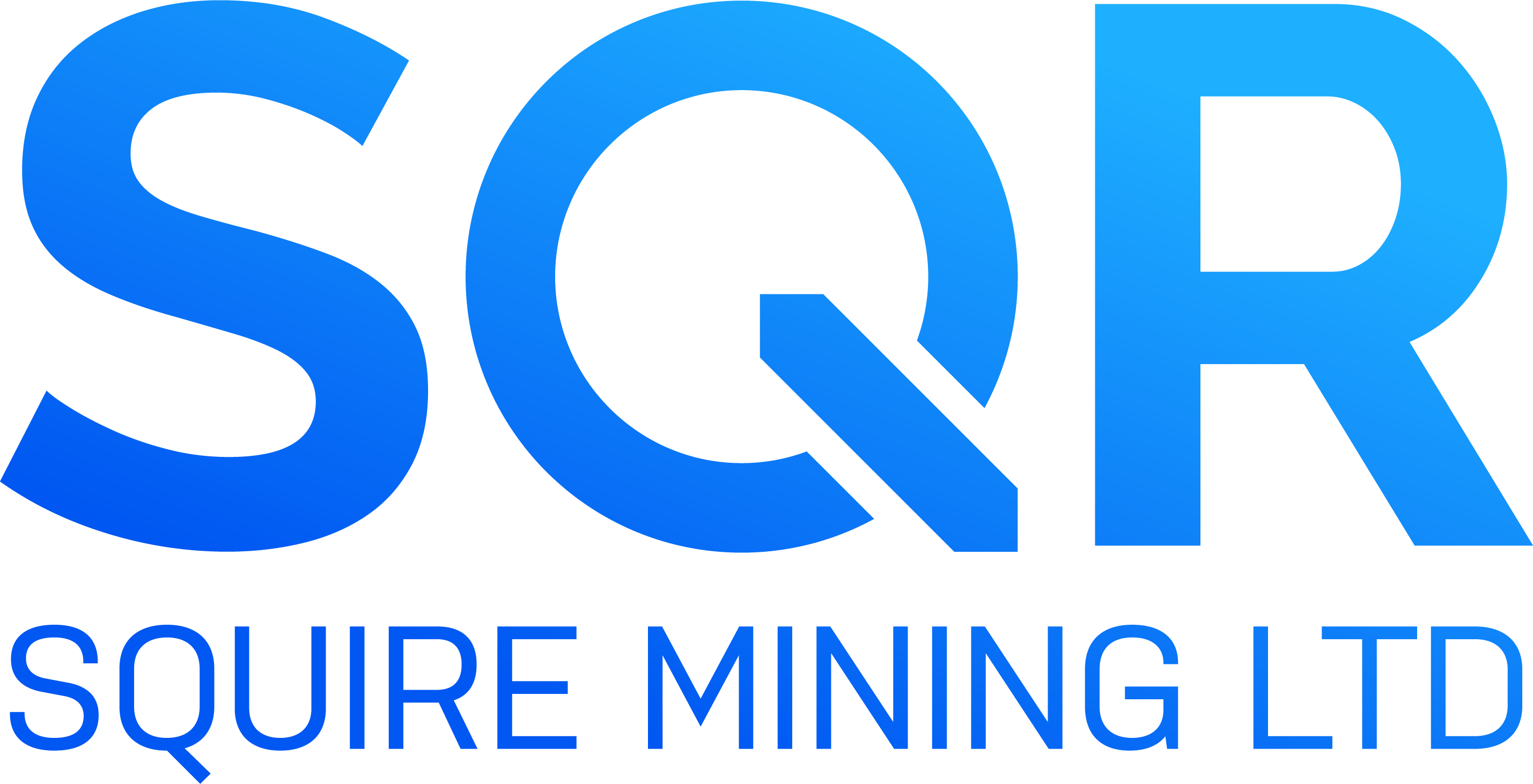The one good thing that has come out of the recent so-called BCH hash war is that the original Bitcoin is back—now in the form of Bitcoin SV (Satoshi Vision).
Bitcoin SV is the only cryptocurrency with a blockchain that massively scales; it’s the only one that has utility value and the one that can do it all. At the CoinGeek Week Conference, taking place at The Mermaid at Puddle Dock in London, CoinGeek founder Calvin Ayre explains how BSV is set to take over and replace other non-scaling platforms, and then also grow utility value.
“I believe firmly that the business models of all the alternative coins, the ICOs and the digital gold and whatnot are actually not real business models and that they actually, it’s a bit of an illusion or a mirage that is being sold to people, and people who don’t understand how this stuff works are being sold a bill of goods. I think one positive outcome of the hash war is the fact that people were forced to focus on the technical choices in front of them, and I think a lot of people got educated on what the differences are,” he said. “The only one that’s got a sustainable business model, that can have growth and take enterprise investment is Bitcoin SV, which is the original Bitcoin. It’s the original economic model.”
The CoinGeek Week Conference is the perfect place to hear from thought leaders about the implications of the world’s first Bitcoin Hash War fought according to Nakamoto Consensus. The three-day conference, with a special invitation-only Miners Day kicking off the week’s events, is important for anyone already involved in crypto, as well as those looking to get started. As the only cryptocurrency that is being developed to truly serve as a digital currency, Bitcoin—now in Bitcoin SV—has the most potential to make a difference in the retail industry.
Ayre said, “This is about learning, but it’s also about planning. We’re getting a lot of thought leaders together here to plan how to move ahead to actually finally show what the power of the economic model is in Bitcoin. Because now the people that were kneecapping the business model aren’t here anymore so from that perspective, there’s a lot of euphoria about the opportunities and a lot of planning going around it, but it’s also a celebration of sorts. I mean, it’s the 10-year anniversary now of the birth of the original Bitcoin and it’s also ironically the rebirth birthday, so instead of having two birthdays like what we thought we had with BCH and BTC, we’re back to having one. And that one birthday is the birth of Bitcoin because Bitcoin SV is Bitcoin.”
There’s still time to secure your seat to the last day of CoinGeek Week, where a major announcement is about to be made. Don’t be stuck on the sidelines watching as history is made at CoinGeek Week Day 3, buy your tickets to the conference via Eventbrite today.
The post Calvin Ayre: The only one that’s got sustainable business model is Bitcoin SV appeared first on Coingeek.
As the crypto economy develops, there are opportunities for entrepreneurs to provide services at all stages of the business process. Daniel Lipshitz, an Israeli startup founder, spotted a niche and has built a company around it. It’s just part of a bigger vision Daniel has for what a crypto economy could bring to the world.
GAP600 covers the short period between a transaction being completed and it being added immutably to the blockchain. During that time, there’s a small, theoretical risk of something going wrong and money being lost. GAP600 covers that risk, just like an insurer covers more conventional business or personal risks.
Before he started his business, Daniel was working for a website security company that provided DDoS mitigation (distributed denial-of-service), including to some crypto exchanges. He noticed how fast the exchanges were growing and that led him to find out about this new sector. He thought about “how I could add value to the ecosystem” and came up with the idea for GAP600, which served its first client in 2016.
“In the crypto space, service needs to be first class and better than anything else out there,” says Daniel. Part of that is about speed. “If you’re an exchange or a payment provider or a wallet, you need to be providing instant gratification, instant customer service.” GAP600 helps with that.
“Money is an extremely sensitive subject for everyone. Nobody wants to lose one dollar,” Daniel says. And that means crypto doesn’t need to look any further for its killer app: “the killer app is money. That is the massive use case. It’s just an absolute, ubiquitous aspect of our lives.”
But for Daniel, there’s more to crypto than simply making the world more efficient. He also believes there’s an idealistic side to the revolution. He references the economist Friedrich Hayek, a 1974 Nobel prize winner, whose ideas about “denationalised” money have been taken up by crypto enthusiasts to explain how crypto could contribute to economic freedom.
“When you look at the statistics, the more free an economy is, the less chance of poverty. It’s about progress, it’s about quality of life, it’s about stability and happiness - and can lead to global peace. These are lofty and ridiculous terms, but that’s what it is.”
To hear more from Daniel, listen to our CoinGeek Conversation with him - the second of our new podcast series:
Daniel Lipshitz will be talking on November 29 at the CoinGeek Week Conference in London.
The post Crypto is the road to economic freedom appeared first on Coingeek.
James Belding only started working on Tokenized, the project that’s just won him a £5 million prize from CoinGeek, when he found he couldn’t take his business idea forward without it.
Tokenized is an open-source protocol that allows tokenization on the Bitcoin BCH blockchain. And that was exactly what CoinGeek was looking for in its competition.
James was an electrical engineer, working in the oil and gas industries in Australia when cryptocurrency caught his attention back in 2013. He was hooked - but it was only in November last year with the arrival of Bitcoin Cash that he decided to devote himself full time to understanding how crypto works and to try to “add something to it, to make it better”.
He wanted to start a business to help people use blockchain to set up smart contracts. And he wanted to do it on the Bitcoin BCH blockchain, which he believed had the most potential. But he found there wasn’t a way to add contracts to BCH: “I was getting a bit frustrated, thinking ‘surely someone’s going to come up with this’ … but no-one did. So I started designing it myself”.
James put his own money into the project, assembling a group of four colleagues with a wide range of skills, from the technical to the legal. The team, spread around Australia and Singapore, have only met in person once, at his home. But they’ve worked together successfully to create Tokenized, which he believes can transform BCH into “a sort of a commercial Internet on which all commerce is done”.
He sees Tokenized as having a value far beyond any help it will give to his own fledgling business: “I think that a really important part of Bitcoin unleashing its value to the world is that it becomes used for all sorts of data.”
Tokenized offers protocols for over 40 separate kinds of contract, with all the necessary legal parameters specified. That’s meant he and his team have had to study commercial law, and now have lawyers combing through their work, making sure it’s all watertight.
Tokenized is not just for big financial or legal contracts: it could be something as ordinary as selling movie tickets. It’s a “structured template so that everyone involved in tokenized transactions knows what to expect.” It guides you to fill in the information that’s required in order for a contract to be valid. “I want to make it easy enough that anyone can do it and anyone can benefit from it.”
Now James’ original business idea can move forward “to take the value that’s in this protocol and bring it to market.” And he isn’t worried that competitors could also use Tokenized to create businesses to compete with his own. He says he welcomes anyone wanting to make use of Tokenized: “I think everyone’s going to do great in this space if we can make Bitcoin Cash what it can be. And everyone who’s involved in these early days is going to do very well.”
CoinGeek is celebrating James’ success by inviting him to speak at the CoinGeek Week Conference at the end of November. He’s bringing his whole team to London - so there’ll be a great chance to celebrate their win together. No doubt they’ll be raising a glass as they meet in person for the second time.
The first version of Tokenized will be released on November 13. James will be speaking on The Future of Commerce at the CoinGeek Week Conference on November 29.
Note: Tokens on the Bitcoin Core (segwit) Chain are Referred to as BTC coins. Bitcoin Cash (BCH) is today the only Bitcoin implementation that follows Satoshi Nakamoto’s original whitepaper for Peer to Peer Electronic Cash. Bitcoin BCH is the only major public blockchain that maintains the original vision for Bitcoin as fast, frictionless, electronic cash.
The post How BCH got Tokenized - by a team that’s only met each other once appeared first on Coingeek.

